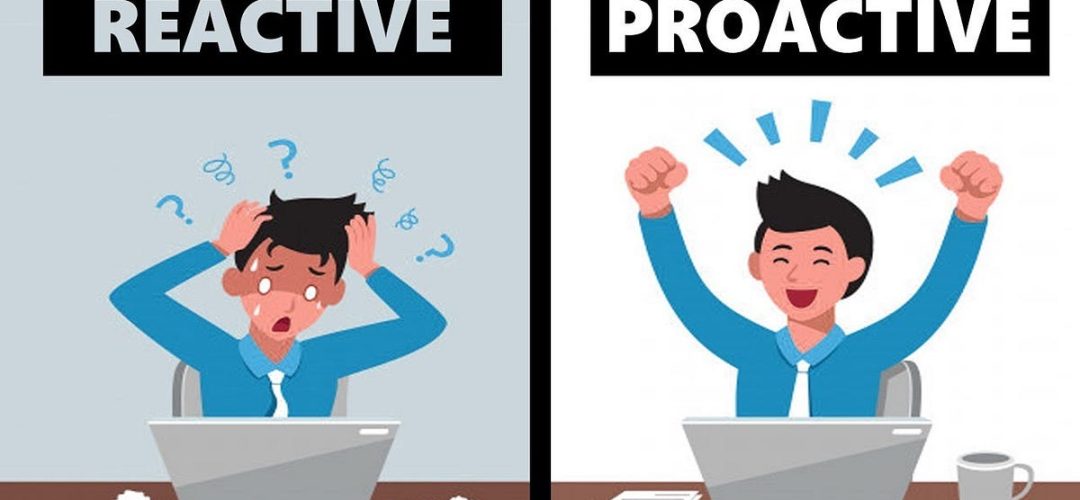Estate planning. The term often conjures images of mahogany offices, dusty legal tomes, and discussions reserved only for the very wealthy or those late in life. This perception is not just inaccurate; it’s a dangerous form of procrastination. In reality, estate planning is not about preparing for death; it’s about being profoundly proactive in managing your life, your assets, and your wishes—regardless of your age or net worth. It is a powerful declaration: Your Estate, Your Rules.
A proactive approach to estate planning means shifting from a reactive mindset, where your loved ones are left to navigate a chaotic legal landscape after a tragedy, to a position of control. It’s about creating a clear, legally sound roadmap for your future, ensuring that your wealth, your health, and your legacy are protected precisely according to your intentions. This detailed guide will empower you to take charge of this essential process.
I. The Foundation: Essential Legal Documents
The cornerstone of any proactive estate plan rests on a few key documents. These are not just formalities; they are the legal instruments that enforce your rules when you can no longer speak for yourself.
The Power Duo: Will vs. Living Trust
Many people mistakenly believe a Last Will and Testament is the only document they need. While a Will is critical for naming an executor, appointing guardians for minor children, and outlining asset distribution, it has a significant limitation: probate.
Probate is the legal process where a court validates the Will, oversees the payment of debts and taxes, and finally authorizes the distribution of assets. This process can be public, costly, and time-consuming, often taking months or even years.
Enter the Revocable Living Trust.
| Feature | Last Will and Testament | Revocable Living Trust |
| Effectiveness | Takes effect only upon death. | Takes effect immediately upon funding. |
| Probate | Assets distributed via the Will must go through probate. | Trust assets avoid probate, streamlining distribution. |
| Privacy | Becomes a public record upon entering probate. | Remains a private document, keeping financial affairs confidential. |
| Incapacity | Offers no control over assets if you become incapacitated. | Allows a Successor Trustee to manage assets without court intervention. |
A common strategy is to use a Living Trust for major assets (like real estate and investment accounts) to ensure private, efficient transfer, and a Pour-Over Will to cover any assets inadvertently left outside the trust and to name guardians for minor children. By establishing and funding a trust early, you are actively choosing efficiency and privacy over the chaos of court-supervised probate.
Incapacity Planning: Directives for Life
A proactive plan addresses not only what happens after you die, but also what happens if you become medically or mentally unable to make decisions.
- Durable Power of Attorney for Finances: This document appoints an Agent (or Attorney-in-Fact) to manage your financial affairs (paying bills, managing investments, collecting insurance) if you are incapacitated. Without it, your family may have to petition a court for a costly and time-consuming guardianship or conservatorship.
- Advance Healthcare Directive (Living Will and Medical Power of Attorney): This crucial two-part document outlines your wishes regarding end-of-life medical treatment (the Living Will portion) and names a Healthcare Agent to make medical decisions on your behalf if you are unable to communicate (the Medical Power of Attorney portion). It saves your family from having to make agonizing, uncertain choices under immense stress.
II. The Modern Challenge: Taming Your Digital Frontier
In the 21st century, our estates are no longer limited to bank accounts and property; they include a complex constellation of digital assets. A truly proactive plan must address this modern frontier.
Digital assets fall into two main categories:
- Assets with Monetary Value: Online financial accounts, cryptocurrency, PayPal balances, domain names, and royalty accounts.
- Assets with Sentimental or Practical Value: Email accounts, social media profiles, digital photos, cloud storage, and subscription services.
Failing to plan for these can lead to:
- Lost Assets: Cryptocurrency or online financial accounts becoming permanently inaccessible.
- Privacy Violations: An executor not having the legal authority to close or manage a social media account, leaving it vulnerable to hacking or simply active forever.
- Lost Memories: Inability to access cloud storage with years of family photos.
The Proactive Solution:
- Inventory: Create a comprehensive, secure inventory of all your digital accounts, hardware, and, importantly, their corresponding usernames and passwords (stored safely, such as in a secure, encrypted digital vault or password manager).
- Legal Authority: Designate a Digital Executor in your estate planning documents. This person should be tech-savvy and given explicit legal authority to access, manage, or delete your digital assets according to your wishes. Many jurisdictions now have specific laws (like the Revised Uniform Fiduciary Access to Digital Assets Act – RUFAADAA) that grant this necessary authority.
- Service Terms: Understand that some terms of service prevent the transfer of ownership of certain accounts (like email or social media). Your directive should clearly state whether the account should be deleted, memorialized, or simply closed.
III. The Dynamic Process: Review and Update
The single most common failing in estate planning is treating it as a one-time event. Life is dynamic, and your estate plan must be, too. A proactive plan is not a static document; it’s an ongoing process requiring routine maintenance.
Major life events that necessitate an immediate review include:
- Marriage or Divorce: A new spouse, or the removal of an ex-spouse, as a beneficiary or agent.
- Birth or Adoption of Children/Grandchildren: Updating guardianship and trust provisions.
- Significant Change in Net Worth: Buying or selling a home, a major inheritance, or starting a business.
- Relocation to a New State: Estate laws vary significantly by state.
- Death of a Named Executor or Trustee: Naming a new successor is essential.
The Rule of Thumb: Review your entire plan every three to five years or immediately following any major life change. This ensures that the named fiduciaries are still willing and able to serve, your beneficiary designations are current, and your legal documents reflect the current tax laws and your evolving wishes.
Conclusion: Taking the Reins
The adage “Your Estate, Your Rules” is more than just a tagline; it’s a mandate for personal responsibility. Proactive estate planning is not a morbid task; it is one of the most loving and responsible acts you can perform for yourself and your family.
By creating and funding a Revocable Living Trust, executing Powers of Attorney, planning for your digital legacy, and committing to regular review, you move your family out of the realm of crisis management and into a secure, predictable future. Don’t delegate the control of your legacy to chance, courts, or confusion. Take the reins today and ensure your rules are the only rules that apply.






